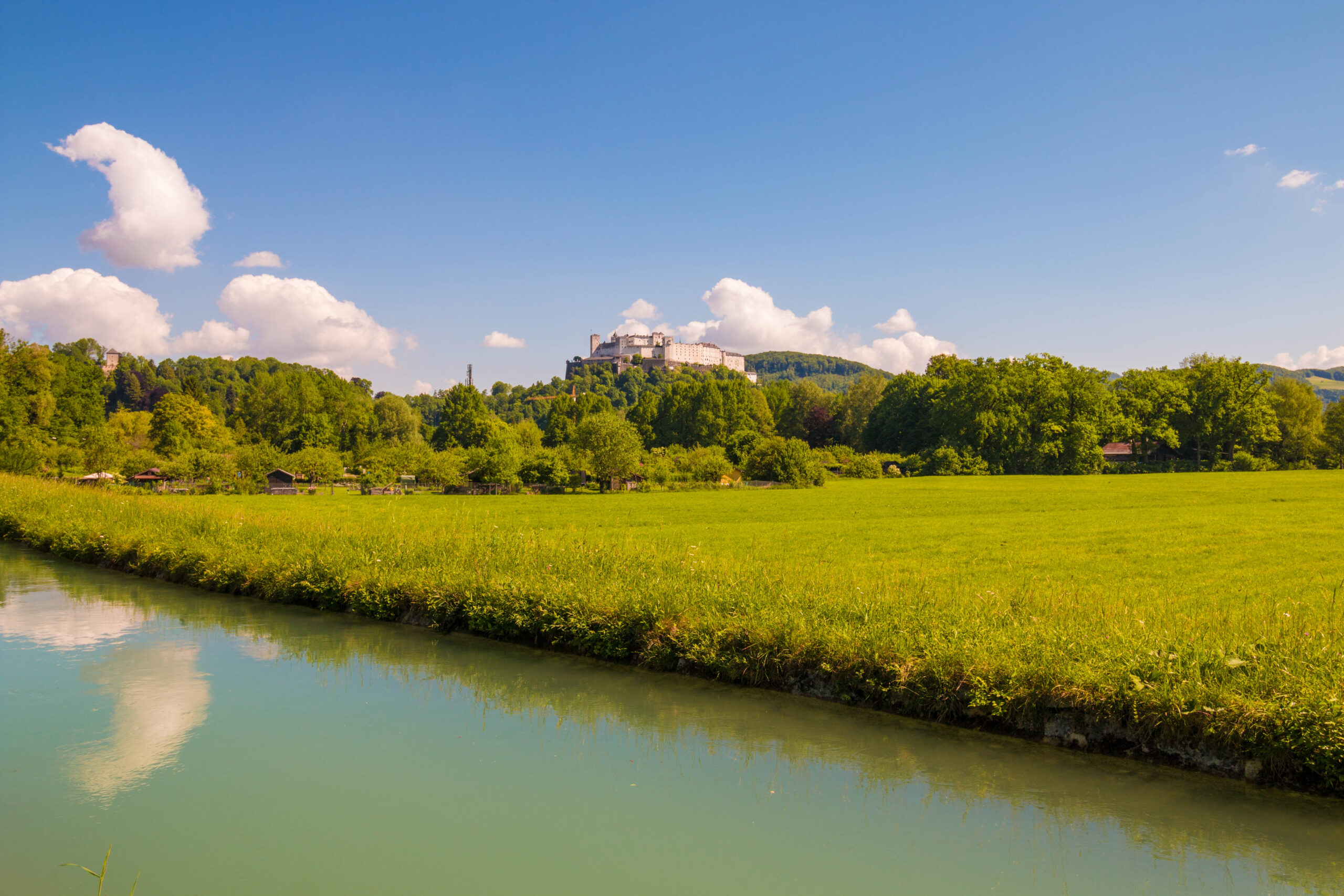
How cities can be cooled by rivers and streams
In the fight against urban heat, cities are increasingly relying on a combination of green spaces and water. The Almkanal in Salzburg, a historic water and energy supply system, serves as a multifunctional facility that is used for both recreation and energy production. Water surfaces can mitigate temperature extremes by absorbing heat during the day and cooling more slowly at night, which can exacerbate the urban heat island effect.
The proper design of shorelines and their surroundings, including shading by trees, is crucial for temperature reduction. Flowing bodies of water can also serve as cold air corridors if they are geographically favorably located. In Vienna, the potential of underground streams as urban recreational spaces is being investigated, with renaturation preferred to create ecologically valuable habitats. However, projects to open up streams are often not feasible due to flood protection and urban densification.
In Graz, the opening of underground streams is being considered in order to integrate water positively into urban life. The redesign of public spaces, the removal of cars and the creation of green and blue infrastructure are key elements for the implementation of such projects. Prioritizing climate adaptation measures and creating new urban recreational spaces are crucial for improving the quality of life in cities.
Sources: Kroisleitner, O., Ruep, S., Müller, W. (2022), Der Standard, https://www.derstandard.de/story/2000136794968/wie-staedte-durch-fluesse-und-baeche-gekuehlt-werden-koennen, Accessed on 01.07.2024
Author(s): SYNYO GmbH